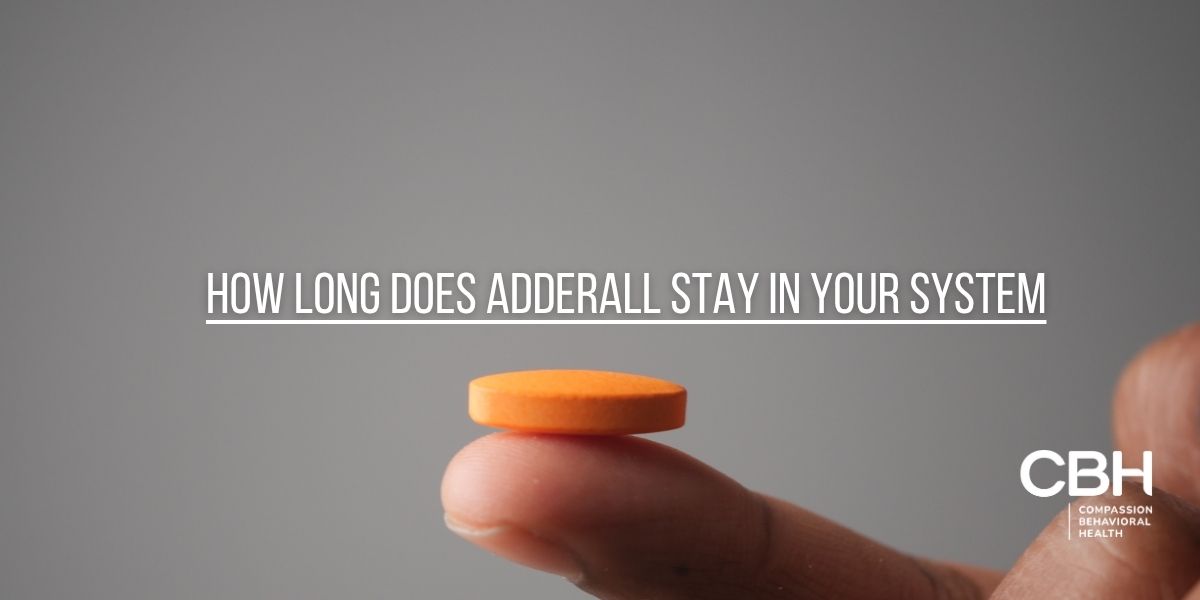Self-harm is a complex behavior that is often misunderstood. While some may view it as a means of seeking attention, the reality is much more nuanced. Understanding self-harm requires a deep exploration into its definition, prevalence, and psychology behind it.
Is Self-Harm an Addictive Behavior?
Self-harm can indeed develop into addictive behavior. This stems from the fact that self-harm is frequently used as a coping mechanism for intense emotional pain or distress. Let’s delve deeper into understanding how this process occurs, the signs to look out for, and most importantly, the various treatment options and coping strategies that can help break this cycle of self-destructive behavior.”
Understanding Self-Harm
Self-harm, also known as self-injury or self-mutilation, refers to the intentional act of inflicting physical harm upon oneself as a coping mechanism. This behavior encompasses a wide range of actions, including but not limited to cutting, burning, scratching, and hitting oneself. It is essential to note that self-harm is not typically intended as a suicide attempt but rather as a way to cope with emotional pain or distress.
Definition and Types of Self-Harm
Self-harm is a complex and multifaceted issue that can manifest in various ways. Cutting, which involves using sharp objects to create superficial wounds on the skin, is one of the most common forms of self-harm. This act provides a temporary release from emotional turmoil by redirecting pain to a physical sensation.
Burning, another form of self-harm, involves using heat sources such as lighters or cigarettes to inflict burns on the skin. The pain experienced during burning can serve as a distraction from overwhelming emotions, providing a temporary sense of relief.
Scratching, often done with fingernails or sharp objects, can lead to painful abrasions on the skin. This form of self-harm may be driven by a desire to punish oneself or as a means of expressing emotional pain that feels otherwise inexpressible.
Hitting oneself, also known as self-punching or self-hitting, involves striking one’s body with fists or objects. This act can serve as a physical outlet for intense emotions, allowing individuals to release pent-up frustration or anger.
Prevalence of Self-Harm
The prevalence of self-harm is alarming, particularly among adolescents and young adults. Studies suggest that approximately 17% of teenagers have engaged in self-harm at least once, with females being more likely to participate in this behavior compared to their male counterparts. This statistic highlights the urgent need for effective prevention and intervention strategies to address this growing concern.
Self-harm often co-occurs with other mental health conditions such as depression, anxiety, and borderline personality disorder. These conditions can contribute to feelings of hopelessness, low self-esteem, and a distorted perception of one’s own emotions, making self-harm an appealing coping mechanism for individuals struggling to manage their emotional distress.
It is crucial to recognize that self-harm is not a solution or a healthy coping mechanism. While it may provide temporary relief, it does not address the underlying emotional pain or contribute to long-term healing. Seeking professional help and support from mental health professionals is essential for individuals who engage in self-harm, as it can help them develop healthier coping strategies and address the root causes of their emotional distress.
Furthermore, raising awareness about self-harm is vital for reducing stigma and fostering understanding. By promoting open dialogue and providing education about self-harm, society can create a supportive environment where individuals feel comfortable seeking help and support without judgment or shame.
The Psychology Behind Self-Harm
Self-harm is a complex behavior influenced by various emotional and cognitive factors. Understanding the psychology behind self-harm can help shed light on why individuals engage in this behavior and how it serves as a coping mechanism for them.

Emotional Factors Leading to Self-Harm
Self-harm often stems from overwhelming feelings of sadness, anger, guilt, or emptiness. These emotions can become so intense that individuals feel a desperate need to release the emotional pain they are experiencing. Self-inflicted pain provides temporary relief and acts as a way to regain a sense of control over their emotions and circumstances.
Moreover, individuals who engage in self-harm may have difficulty expressing their emotions in healthy ways. They may feel misunderstood or invalidated by others, leading them to internalize their emotions. Self-harm becomes a way to externalize these emotions and make them tangible, providing a temporary sense of relief and validation.
It is important to note that self-harm is not a solution to emotional distress but rather a maladaptive coping mechanism. The relief individuals experience is short-lived and does not address the underlying issues causing their emotional pain.
Cognitive Aspects of Self-Harm
In addition to emotional factors, cognitive aspects also play a significant role in self-harm behavior. Negative self-perception, feelings of worthlessness, and difficulties in expressing emotions contribute to the appeal of self-harm as a coping strategy.
Individuals who engage in self-harm often have a distorted self-image and may believe they deserve punishment. By inflicting physical pain upon themselves, they feel they are fulfilling this perceived need for punishment. The act of self-harm can serve as a form of self-punishment, allowing individuals to feel a temporary sense of relief from their perceived guilt or shame.
Furthermore, self-harm can act as a way to communicate emotional pain when words fail. Some individuals struggle to articulate their emotions or find it challenging to seek support from others. In these cases, self-harm becomes a visible cry for help, a way to express their inner turmoil when they feel unheard or unable to communicate their distress effectively.
It is crucial to approach self-harm with empathy and understanding, recognizing that it is often a manifestation of deep emotional pain and a desperate attempt to cope with overwhelming feelings. Professional help, such as therapy or counseling, can provide individuals with healthier coping mechanisms and support to address the underlying issues contributing to their self-harm behavior.
Self-Harm as an Addictive Behavior
The Cycle of Addiction and Self-Harm
Self-harm has been described as an addictive behavior due to the presence of various addictive features. Like substance addiction, self-harm often follows a cycle characterized by triggers, urges, the act of self-harming, and finally, relief or temporary satisfaction. This cycle can become repetitive and difficult to break, leading to a pattern of addictive behavior.
Similarities Between Self-Harm and Substance Addiction
While self-harm and substance addiction may seem like distinct phenomena, they share underlying similarities. Both behaviors often stem from underlying emotional distress and can provide temporary relief or a sense of escape. Moreover, individuals who engage in self-harm or substance abuse may experience cravings and withdrawal symptoms, further highlighting the addictive nature of these behaviors.
The Impact of Self-Harm Addiction
Physical Consequences of Self-Harm
Regular self-harming can lead to severe physical consequences. Repeated cutting or burning can cause infection, scarring, nerve damage, or even accidental severe injuries. The risk of accidental death also increases, as self-harm sometimes escalates to more dangerous methods.
Psychological Consequences of Self-Harm
The psychological impact of self-harm addiction is extensive and enduring. Individuals often experience feelings of shame, guilt, or self-hatred due to their inability to stop the behavior. Furthermore, self-harming can hinder the development of healthy coping mechanisms, exacerbating emotional distress and perpetuating a cycle of self-destructive behavior.
Treatment and Recovery from Self-Harm Addiction

Therapeutic Approaches to Self-Harm
Treating self-harm addiction typically requires a multi-faceted approach that targets both the underlying emotional distress and the addictive aspects of the behavior. Therapies such as cognitive-behavioral therapy (CBT), dialectical behavior therapy (DBT), and psychodynamic therapy have shown promise in helping individuals understand their triggers, develop healthier coping strategies, and ultimately break free from self-harm addiction.
Coping Strategies and Support Systems
Recovery from self-harm addiction is a challenging journey that often requires ongoing support. Developing healthy coping strategies, such as engaging in creative outlets, practicing relaxation techniques, or seeking support from trusted friends and family, can help individuals manage their emotions in healthier ways. Support groups and counseling can also provide a valuable support system, enabling individuals to share their experiences and learn from others who have faced similar challenges.
Self-harm is a complex behavior that shares similarities with addictive behaviors such as substance abuse. Understanding the psychological factors underlying self-harm and recognizing its prevalence is crucial in promoting empathy and effective treatment. With appropriate therapeutic approaches and strong support systems, individuals struggling with self-harm addiction can find hope for recovery and a path toward healthier coping mechanisms.
At Compassion Behavioral Health, we’ll determine the best therapies for each patient’s specific mental health needs. We offer a number of safe, proven therapies. To learn more about the mental health treatments we provide, call us or contact us online today.



